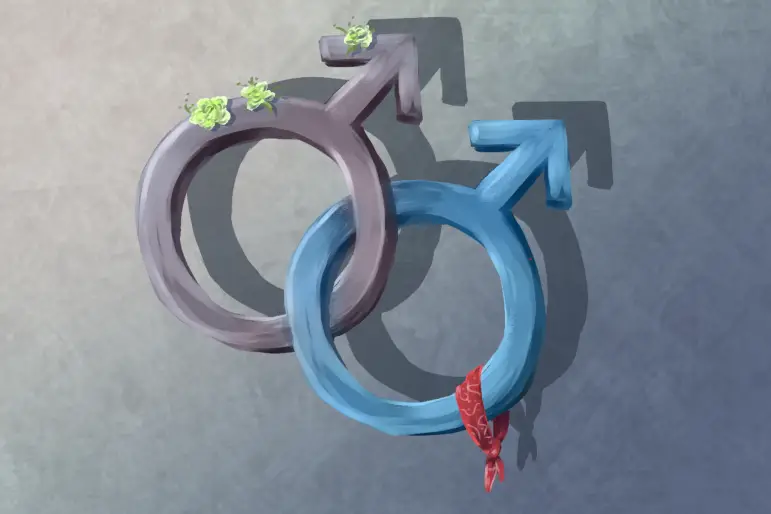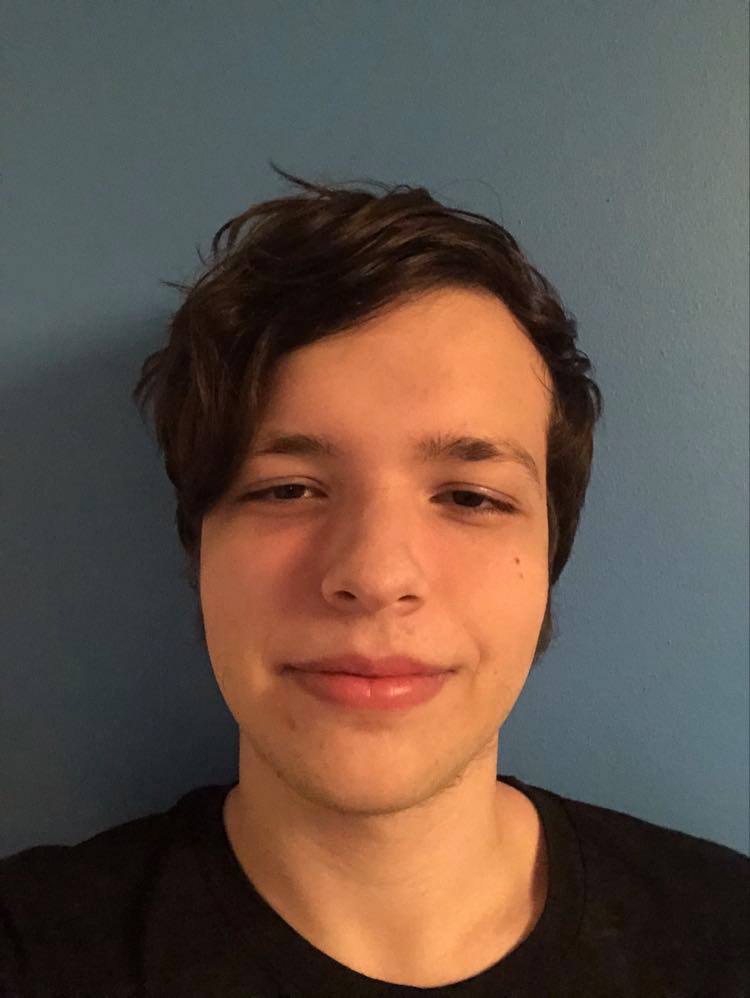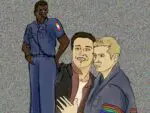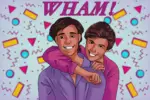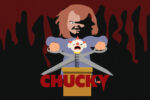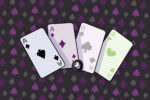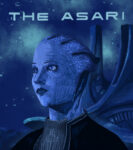What does it mean to be gay? It’s just a biological trait. Our brains and hormones are wired for attraction to specific people. For some, it’s a defect, and for others, it’s an evolution. Either way, gayness is a natural occurrence. But like other innocuous traits such as skin color, society attaches labels and expectations. Being gay carries a heavy weight due to the images attached to it by society. This weight applies to gay male representation. The representation helps construct the image that is then attached to the individual.
I have discussed queer representation before, focusing upon the difference between acceptance and liberation across various queer films. I argued representation that catered to the queer experience specifically, in all its intimacy and intricacy, was preferable to representation that made our presence digestible to a straight mainstream. This broad, thematic idea serves as an umbrella containing the diversity of gayness. I want now to explore some of that diversity, the representation of specific traits or ideas. I want to focus on a particular aspect of male queerness, which has always been at its center, for better or worse — femininity.
Feminine traits define the typical image of gay men in media. It has been throughout history. They have been at the heart of the culture, with the art of drag allowing us to inhabit womanly grace and beauty, and us hailing female celebrities for their specific brand of power. Femininity has been a unifier and a superpower. However, it also has problematic ties to decades of stereotypes. The media has portrayed femininity as something shameful, an indicator of weakness. I want to explore how gay femininity is represented and perceived, ultimately stressing this representation’s importance.
Cam and Mitchell from the sitcom “Modern Family” were my first examples of gay male representation. Seven-year-old me was confused watching this couple raise their child. I thought they were just “friends” or “roommates,” terms commonly used to erase the existence of gay people. Through them, I learned gays could exist as human beings before anything else. Cam and Mitchell’s familial hijinks were no different from the rest of the cast’s, and the writers treated them with sufficient respect. They helped me overcome my internalized homophobia from a young age. My parents used them as a reference when explaining why gay people were valid in their love and existence. I understood more or less.
Cam and Mitchell can be considered one of the best examples of gay male representation because they manage to change minds. “Modern Family” presented gay relationships on a successful television show on a major network, allowing the mainstream a long-term glimpse into their lives. This long-term exposure allows more conservative groups to slowly accept the gay “lifestyle.”
In addition, unlike “Love, Simon,” where acceptance is encouraged by erasing the main character’s queerness, “Modern Family” spotlights it. This is particularly the case with Cam, who never tries to play down his gayness. He plays it up, often stealing the show as a result. He hails from rural Missouri and coaches the football team while holding onto his theatricality. He is queer with digestible layers. Still, people in the community have issues with Cam’s flamboyant personality.
Numerous gay audiences and outlets criticize the portrayal of Cam and Mitchell, considering them a continuation of outdated stereotypes. Cam’s flamboyance and Mitchell’s pettiness are often at the center of their personality and are common derogatory tropes. In online discourse, queer youth frequently disparage the couple as being “written for straight people” (a common identifier for poor representation). Being written by straight people, they conform to the idea of what a straight person imagines a gay person to be: joke fodder. I agree that Cam and Mitchell provide representation that is far from perfect, but I disagree with the reasoning.
Some of the criticism the couple receives comes from a place of anti-femininity in the queer community. For one, they were groundbreaking for their time, but perhaps not sufficient rep for today’s era. Thus, any critique should be made with the time in mind. In addition, the disparagement of their portrayal most often centers on their feminine traits. This issue also occurs with the criticism directed toward James Corden’s performance in “The Prom.” They dubbed his performance “offensive,” adhering to effeminate stereotypes with his mannerisms. I am not diminishing the criticism directed toward these gay male representations, but the argument of “stereotypes” is always linked to feminine characters. Feminine traits always equal a derogatory portrayal. If these characters were to act more masculine, would a similar backlash be present?
The idea of femininity is a common punchline within the gay community, not just the straight. On Twitter, jokes are frequently made about “bottoms” and “twinks,” and how they are just the worst. These jokes are often funny, but they are also mean enough to cross the line into outright bigotry. Furthermore, an everyday discourse for gay males is the idea of “Masc4Masc,” in which singles demonstrate their bias for masculine-leaning men in relationships. This preference is more of an exclusion. The criticism of feminine gay portrayals in media may come from queer viewers’ biases against feminine presentation.
For me, the fundamental weakness in feminine gay male representation is the lack of nuance in the stories told. Cam and Mitchell, due to various factors, were not granted the same intimacy as their fellow cast members. They rarely kissed onscreen or discussed their romantic lives — likewise with James Corden in “The Prom,” where lazy characterization compounds a horrible performance. Feminine queerness should be allowed the nuance of not just heterosexuality but of other queer narratives like the incredible “She-Ra” reboot on Netflix.
A great example of this comes with the character Benson from the 2020 cartoon “Kipo and The Age of Wonderbeasts.” “Kipo” is an excellent show, a colorful and creative exploration of family and humanity. Benson is one of its best aspects, an openly gay male who is confident in his gayness. His clothing is colorful, in line with the show’s aesthetic. He is in love with music. He is over-dramatic and theatrical. He boasts genuine flaws and is in a loving relationship in the show’s later seasons. My one criticism is he could use more screen time. His femininity is allowed to exist, not overwhelming or underwhelming his character. He avoids stereotypes because he is so much more than the tropes he may embody. His image defies the label and expectations of society, hetero or homo.
We need to center this sort of gay male representation. Femininity is just one aspect of a great spectrum of gay men. However, femininity in particular is demonized by lenses both straight and queer. Thus, robust representation is important. People should not have to be afraid of their theatricality or flamboyance, but rather learn to embrace it through the lessons taught by layered characters. Layered characters can change perceptions, just as mine was changed by watching “Modern Family” on ABC.


